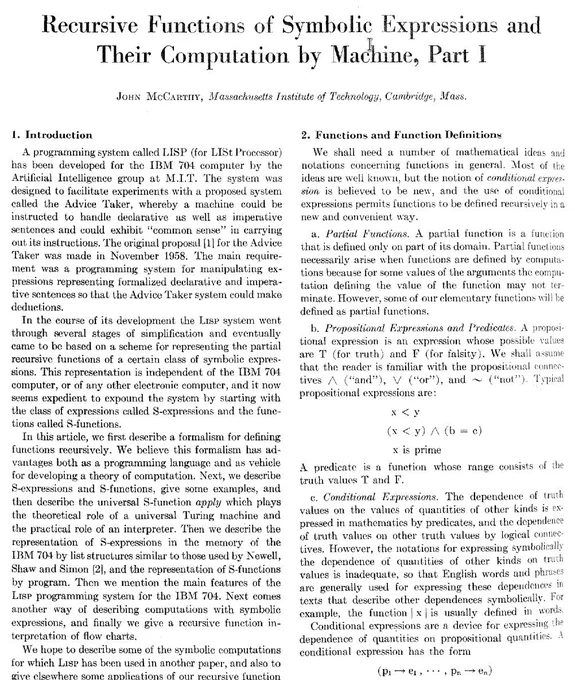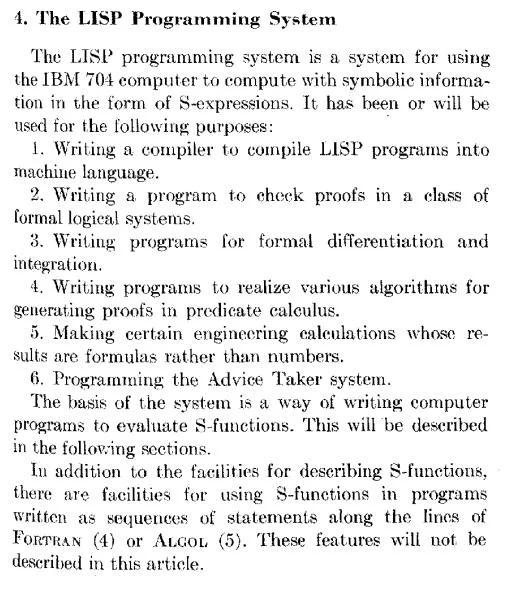Programming... and you...
Somewhere inside a CPU...
Joined August 2013
- Tweets 7,091
- Following 905
- Followers 272
- Likes 19,947
Juan M. retweeted
#otd in 1971 Bell Labs released the first Unix Programmer's Manual.
Download the free PDF here (third edition): shorturl.at/8NP0j
(v/@CoolSWEng)
Juan M. retweeted
VMS (Virtual Memory System) was a landmark operating system developed by Digital Equipment Corporation (DEC) between 1975 and 1977, in conjunction with the design of the VAX (Virtual Address eXtension) architecture. Conceived as a next-generation environment to succeed the PDP-11 line and its RSX operating systems, VMS was engineered to exploit the full capabilities of 32-bit virtual memory addressing. DEC’s hardware and software teams collaborated closely to ensure seamless integration between the VAX hardware and the VMS operating system, reflecting DEC’s philosophy of vertically integrated system design. The project’s technical leadership was provided by Dave Cutler, Dick Hustvedt, and Peter Lipman. Their architectural vision and engineering discipline produced one of the most influential minicomputer operating systems of its time. VMS introduced features such as process prioritisation, a four-level hierarchical protection model (modes), the Files-11 record-oriented file system leveraging Record Management Services (RMS), and advanced memory management. Furthermore, VMS pioneered advanced fault-tolerant, distributed computing with VAXcluster technology, which allowed multiple systems to share a single file system and management domain, establishing VMS as a leader in high-availability enterprise computing. These innovations influenced later designs, including Cutler’s subsequent work on Microsoft Windows NT.
Juan M. retweeted
In 1993, Steve Jobs was largely absent from public following his departure from Apple in 1985. Jobs had founded NeXT, a company that produced high-end Unix workstations, but it struggled commercially. The entry-level NeXT workstation was priced around $5,000—approximately $15,000 in today’s money—yet it was by far the cheapest Unix system available at the time, even making a true Unix system accessible to ambitious home users.
Despite its technical innovations, NeXT's hardware failed to gain significant market traction. In February 1993, NeXT ceased hardware production to focus solely on software, particularly the NeXTSTEP operating system. The April 1993 issue of UnixWorld featured a cover story titled “Does Steve Jobs have a future in software?”, accompanied by a headline reading “Steve’s gone”.
Ironically, four years later, Apple acquired NeXT, bringing Jobs back into the company. He played a pivotal role in revitalising Apple, leading to the development of revolutionary products like the iPod, iPhone, and iPad, which transformed Apple into one of the most valuable companies in the world.
Juan M. retweeted
Ken Thompson is best known for his work on Unix. However, shortly before Unix, Ken implemented one of the first practical regular expression engines (Communications of the ACM, 1968). Since then, regular expressions have become integral to many Unix tools, and today nearly every modern programming language supports them.
Juan M. retweeted
"I actually have no good idea at all...I guesstimate a user base of about 50,000 active users: that may be way off-base, but it doesn't sound too unlikely." Linus Torvalds answering Linux Journal on what his best guess was for Linux use in 1994
x.com/nixcraft/status/767668…
Juan M. retweeted
In 1983, Unix was already recognised for its elegance and portability. However, at the time, Unix's use was primarily academic and institutional; the broader open-source movement, including Linux and FreeBSD, was still years away. The August 1983 issue of BYTE was a special edition dedicated to the C programming language. It featured the insert “The History of Unix,” which highlighted the co-development of C and Unix, and the key role C played in the portability of Unix
Juan M. retweeted
🎨 ¡No te pierdas esta joya retro!
📰 Entrevista exclusiva de 2012 a José María Ponce, el mítico ilustrador de MicroHobby, ahora disponible en Youtube. Una mirada llena de arte y memoria a quien marcó una era.
👉 Entrevista completa: elmundodelspectrum.com/entre…
#MicroHobby #Spectrum
Juan M. retweeted
If you zoom in BSC 2025 has Odin code in background. Naturally there is no way this happens without the legendary @TheGingerBill ! He’s giving his talk in 10minutes!
Juan M. retweeted
Enviando ya #Microhobby218 como si no hubiera un mañana... ¡qué ganas de que la tengáis ya en vuestras manos!
Juan M. retweeted
Barcelona! We have had an awesome time this weekend, and we’re still here for a little longer!
In the midst of it all, we want to give a special shout out to the amazing Rafa who has helped John all weekend during Retro Barcelona! 🤘
Juan M. retweeted
I had an amazing day at #RetroBarcelona2025 today. See you again tomorrow!
Juan M. retweeted
Hey Barcelona! We’ve arrived!
Super excited for the Retrobarcelona conference tomorrow! 🖤🤘
Juan M. retweeted
See you tomorrow at @RetroBarcelona! Just arrived and looking forward to it. #retrobarcelona retrobarcelona.org/entradas/
Juan M. retweeted
Pues ha llegado la hora. El próximo sábado 3 de mayo, @jlsanzf y @marcostheelf estarán en el #EspacioPolivalente de @RetroBarcelona a las 17:00h. presentando el regreso de #MicroHobbby en papel. Ahora os hacemos un pequeño adelanto. El sábado más...
Juan M. retweeted
Muy pronto a la venta, la edición digital de Queremos su Dinero, que aparecerá en Amazon bajo el título “Lo Increíble”, la historia del vendedor de libros que transformó con Amstrad la informática. Será autoedición, y saldrá baratito, a 4,95 €. ¡Os ruego difusión, mil gracias!
Juan M. retweeted
LISP was described by John McCarthy in Communications of the ACM (1960). LISP was based on recursion and symbolic computation, and the core ideas behind the LISP were theoretically complete and robust. LISP remains one of the most influential languages in the history of computing
Juan M. retweeted
A big THANK YOU!!! to everyone who has bought my book! 💖
During these first 30 hours, it has sold much better than I expected!
It's very exciting and fun that it was possible to do something like this, completely independent of publishers!
Juan M. retweeted
My digital book "Understanding the Odin Programming Language" is OUT NOW! ✨
If you want to learn Odin and demystify low-level programming, then this book is for you!
Read more or buy at: odinbook.com/
Juan M. retweeted
¡Nuevo Podcast! ✨
➡️ En este 13x02 tenéis un tema principal dedicado a los Artistas que ilustraron las portadas de aquellos videojuegos. Con @AngelCodonRamos
➡️ Entrevistamos a Ángel Tirado (Documental Píxel a Píxel) y a Víctor Morilla (Thor).
elmundodelspectrum.com/el-mu…









































